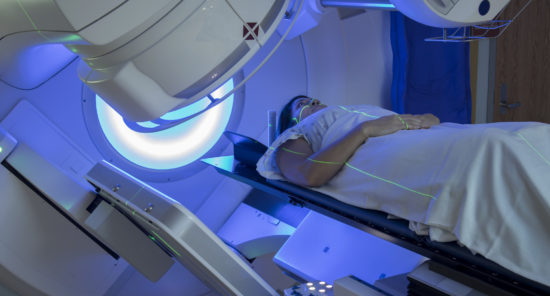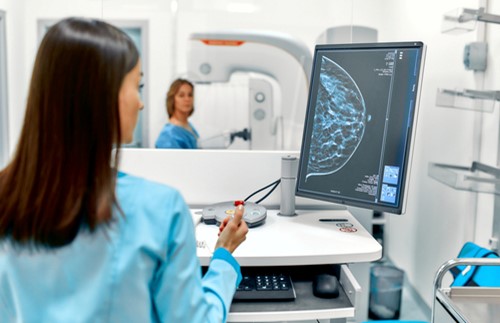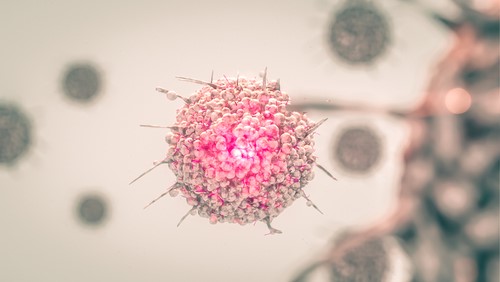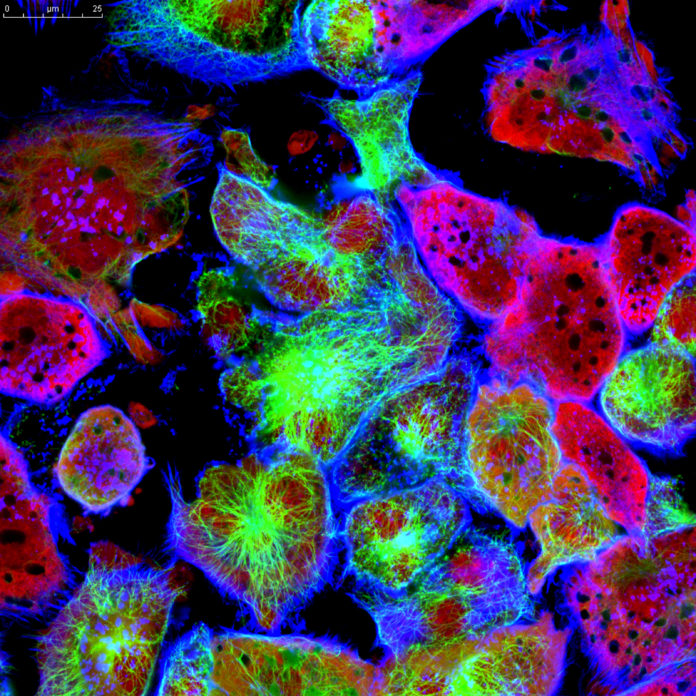Investigators sought to establish whether kinetics determined by ultrafast dynamic contrast-enhanced magnetic resonance imaging (MRI) of tumor and normal parenchyma at pre- and post-neoadjuvant therapy (NAT) could effectively predict the response of breast cancer (BC) to NAT. Findings were reported in Academic Radiology.
The study was comprised of 24 patients with histologically confirmed invasive BC. The study population were all scanned with ultrafast dynamic contrast-enhanced MRI at pre- and post-NAT. In this analysis, 4 kinetic parameters were calculated in the segmented tumors and in ipsi- and contra-lateral normal parenchyma. Subsequently, tumor kinetics and the differences between ipsi- and contra-lateral parenchymal kinetics were compared between patients who achieved pathologic complete response (pCR) and those who had residual disease after NAT.
It was found that patients with similar pre-NAT mean BPE30, median BAT, and mean AUC30 in the ipsi- and contralateral normal parenchyma had a greater chance of achieving pCR following NAT. The researchers concluded that bilateral asymmetry in normal parenchyma may predict treatment outcomes before NAT, and examining the aggressiveness of residual tumor may be done through post-NAT tumor kinetics.
Link: https://pubmed.ncbi.nlm.nih.gov/35351365/
Keywords: background parenchymal enhancement, background parenchymal kinetics, bilateral asymmetry, breast cancer imaging, ultrafast dynamic contrast enhanced MRI









